Did you know that switching to eco-friendly plumbing projects could save you up to 30% on your water bill every year while reducing your household carbon footprint?
Imagine slashing your monthly utility bills while making a real difference for our planet—sounds impressive, right? The truth is, eco-friendly plumbing projects are transforming homes across the globe. Whether you’re just starting to think green or you’re ready to commit to a sustainable lifestyle, updating your plumbing system is one of the fastest, most effective ways to save money while supporting a healthier environment. In this comprehensive guide, you'll discover essential green plumbing solutions , practical steps, and real-life examples that make eco-minded plumbing both accessible and affordable.
Ready to reduce costs, conserve water, and future-proof your home? Keep reading to unlock the secrets of friendly plumbing that not only helps you now but sets the stage for a greener tomorrow!
Unlocking Savings: Why Eco-Friendly Plumbing Projects Matter Now
More homeowners than ever are searching for ways to slash expenses and reduce environmental impact, and eco-friendly plumbing projects offer one of the clearest paths to both goals. Traditional plumbing systems often waste water and energy, causing bills to rise and putting unnecessary strain on critical resources. By implementing green plumbing practices, households can make a swift transition to sustainable living, all while experiencing noticeable drops in water and energy consumption.
Adopting friendly plumbing solutions has immediate benefits for both your wallet and the environment. Examples include replacing outdated toilets with high-efficiency models that use far less water per flush, installing low-flow showerheads that maintain comfort while cutting usage, and upgrading to tankless water heaters that only heat water when needed. Such environmental investments don't merely pay off over time—they deliver almost instant savings and elevate your home's comfort and value.
Discover how eco-friendly plumbing projects slash water usage and energy bills
Understand the basics of implementing green plumbing at home
Explore the immediate and long-term financial benefits
Learn how sustainable plumbing upgrades help protect the environment
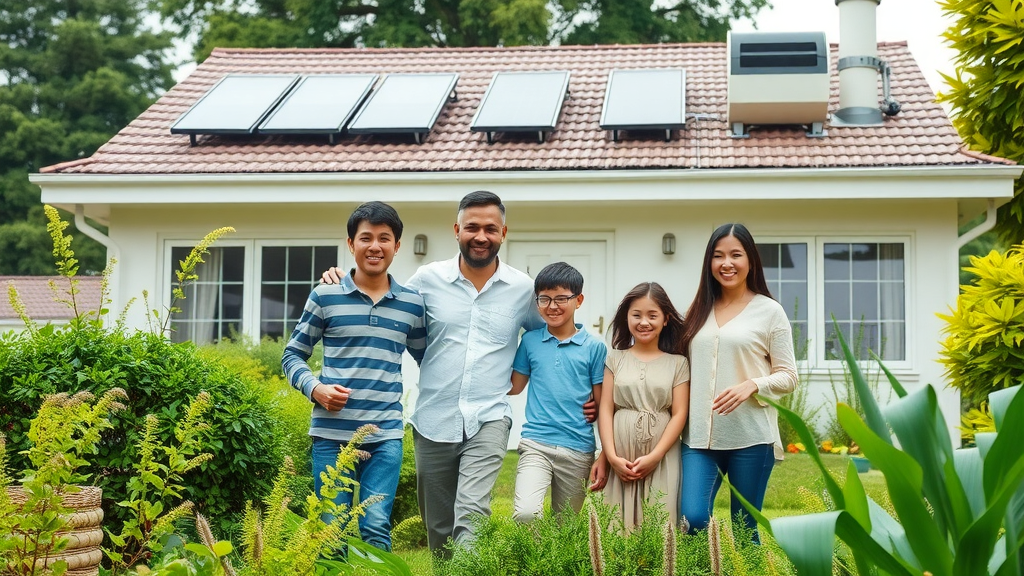
How Sustainable Plumbing Improves Your Home and Budget
Sustainable Plumbing: The Foundation of a Greener Home
Sustainable plumbing serves as the backbone of any green home, utilizing advanced plumbing solutions that reduce both water and energy consumption. Unlike conventional systems, sustainable plumbing leverages technologies like low-flow fixtures and recirculating hot water systems to make your home more resource-efficient. These eco-friendly upgrades not only lower your utility bills but also boost property value by providing modern, environmentally friendly features.
To get started, consider auditing your plumbing system for leaks or outdated components. A minor investment in new pipes, such as PEX or recycled copper, can minimize water loss and resist corrosion—ensuring peace of mind and ongoing savings. Moreover, integrating a solar water heater or rainwater harvesting system turns your home into an active participant in global conservation efforts.
Friendly Plumbing Solutions That Cut Costs and Waste
Implementing friendly plumbing solutions is all about optimizing your system to conserve water, minimize waste, and deliver continual financial rewards. For instance, swapping out inefficient water heaters for new, energy-efficient units can slash monthly energy expenses—sometimes by as much as 20%. Meanwhile, smart water monitoring devices allow you to track usage in real-time, pinpointing areas for further improvement.
Integrating cutting-edge plumbing fixtures like dual-flush toilets, aerated taps, and pressure-reducing valves allows your household to maintain performance while consuming less water overall. Over time, these solutions minimize your environmental impact , extend appliance lifespans, and ensure that every drop counts—making eco-friendly plumbing both cost-effective and future-ready.
Top Eco-Friendly Plumbing Projects for Maximum Savings
Install Low-Flow Showerheads and Flow Shower Fixtures
One of the most popular eco-friendly plumbing projects is replacing old showerheads with modern low-flow shower fixtures. These innovative designs deliver satisfying, high-pressure water flow while using significantly less water—a win-win for both comfort and conservation. With low-flow showerheads, families can save thousands of gallons every year, which directly translates to lower utility bills and supports global efforts to conserve water.
Installation is quick and affordable, making this a favorite starting point for anyone interested in friendly plumbing solutions . Not only do you reduce your household water usage, but you also cut down on the energy needed to heat that water, further amplifying your savings. Many models now include features like adjustable sprays and pause buttons, adding convenience alongside environmental benefits.
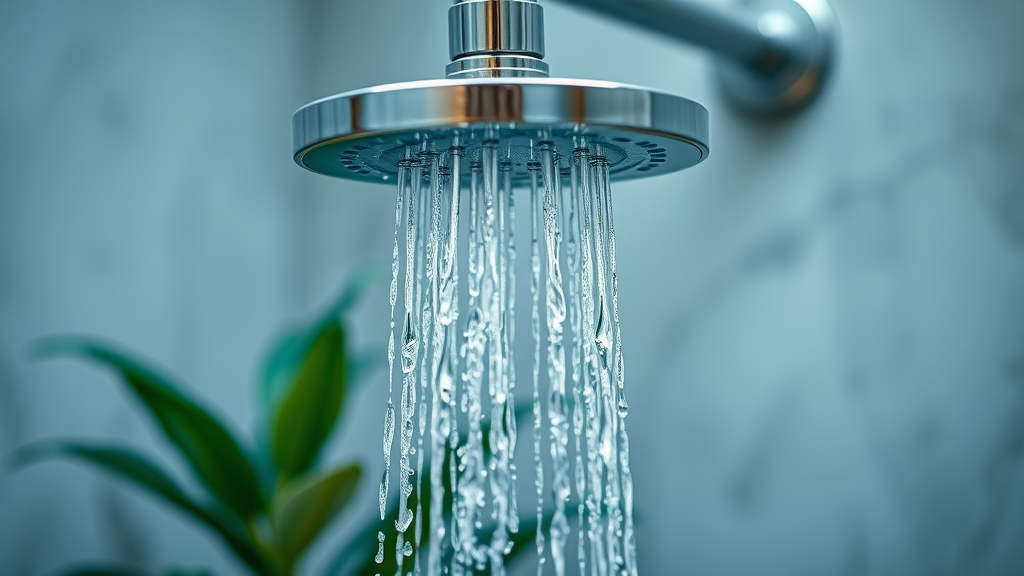
Upgrade to High-Efficiency Flush Toilets
Older flush toilets can use up to 5 gallons of water per flush—an enormous waste when modern high-efficiency flush toilets achieve the same results with just 1.28 gallons or less. This single upgrade can reduce your home's water usage by up to 60% in the bathroom, where the majority of household water is consumed.
High-efficiency flush toilets come with features such as dual-flush options, allowing you to choose the appropriate water level for different needs. This approach not only helps you save money , but it also lessens the environmental strain on local water resources. Upgrading your toilet is one of the fastest ways to improve your home's green profile and immediately lower your utility bills .
Adopt Water Heater Innovations: Tankless Water Heaters and Solar Water Solutions
Traditional water heaters are energy vampires, keeping tanks of hot water on standby 24/7—even when you don’t need it. Innovations like tankless water heaters and solar water systems revolutionize household efficiency. A tankless water heater provides hot water only when you need it, which reduces both energy consumption and costs by up to 30%. You benefit from continuous, on-demand warmth with lower operational expenses.
Solar water heaters capture free energy from the sun, dramatically lowering your utility bills while cutting your home’s carbon output. When paired with other eco-friendly upgrades, these advanced technologies transform your house into a model of cost-effective, sustainable living. With longer lifespans and minimal maintenance, these systems are sound investments for the eco-conscious homeowner.
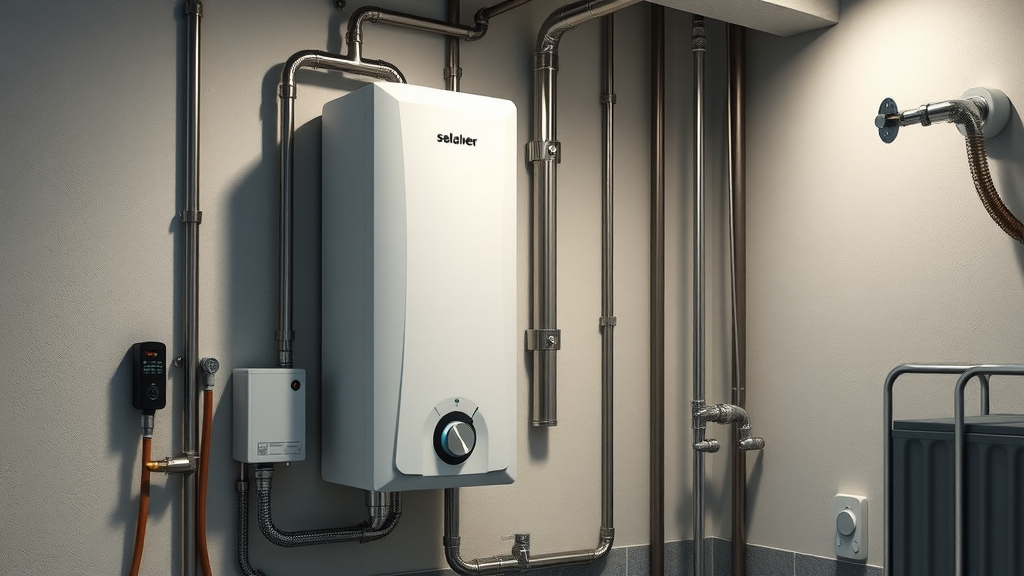
Selecting Sustainable Plumbing Materials and Fixtures
Eco-Friendly Alternatives to PVC Pipe and Traditional Plumbing Systems
While traditional plumbing relies heavily on PVC pipes, which pose health and disposal risks, today's sustainable plumbing offers safer and greener alternatives. PEX piping (cross-linked polyethylene) is durable, flexible, and resistant to corrosion, making it a preferred replacement for many eco-friendly projects. For maximum sustainability, materials such as recycled copper, steel, and new-generation bioplastics offer excellent longevity with lower environmental impact .
Choosing these alternatives keeps toxic chemicals out of your water supply and landfill, lowering your home's ecological footprint. They are also often easier and less costly to install or retrofit into existing plumbing systems . For families committed to a holistic green lifestyle, upgrading your pipes and fixtures sets the foundation for lasting, environmentally friendly performance.
How to Choose Environmentally Friendly Plumbing Fixtures
Selecting plumbing fixtures for an eco-friendly home doesn’t stop at pipes—faucets, showerheads, and even washing machine connections play a vital role. Start by choosing fixtures certified by programs like WaterSense, which ensures products meet strict standards for efficiency without sacrificing function. Aerators, sensor taps, and pressure balancing valves are just a few options for reducing water waste and energy loss.
In addition to water savings, sustainable plumbing fixtures often improve user experience by minimizing leaks and requiring less maintenance. Look for materials known for durability and low toxicity, such as stainless steel, ceramic disc cartridges, and BPA-free components. These investments enhance your home's health, value, and operational efficiency year after year.
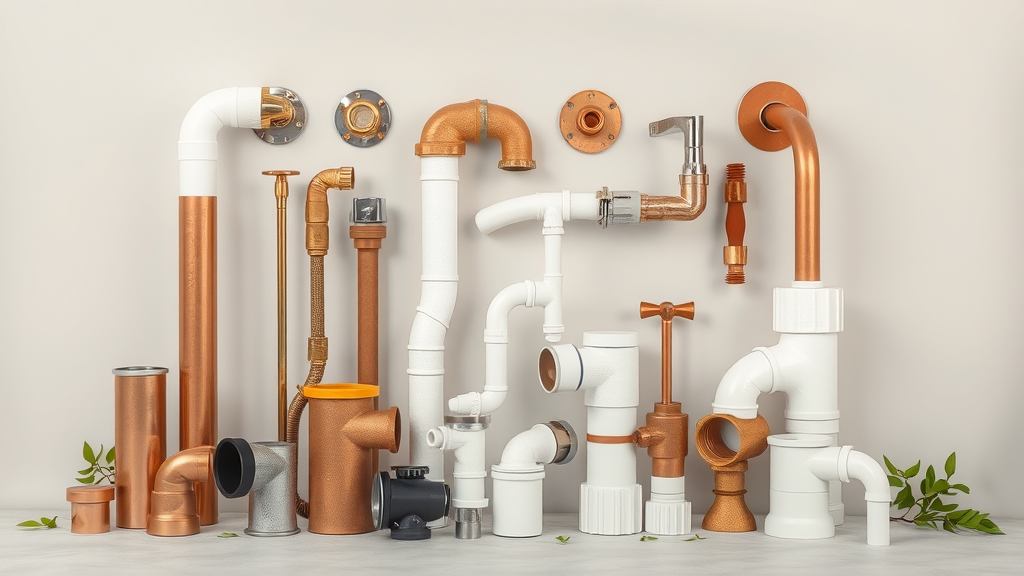
Real-World Examples of Green Plumbing in Action
Comparison of Conventional vs. Eco-Friendly Plumbing Projects: Water savings, cost recovery period, and environmental impact |
|||
Project Type |
Water Savings |
Cost Recovery Period |
Environmental Impact |
|---|---|---|---|
Conventional Toilet |
— |
— |
High water waste, greater energy use, pollution risk |
High-Efficiency Flush Toilet |
Up to 60% savings |
1–2 years |
Reduces water usage, landfill, and sewage strain |
Standard Water Heater |
— |
— |
High energy consumption, constant heating costs |
Tankless/Solar Water Heater |
30–50% less water and energy |
3–5 years |
Minimal energy and water waste, lower emissions |
PVC Piping |
— |
— |
Toxicity, difficult to recycle |
PEX or Recycled Metal Piping |
10–20% reduced leaks and repairs |
Up to 5 years |
Low toxicity, recyclable, durable |
Expert Advice: Tips for Implementing Eco-Friendly Plumbing Solution at Home
Regularly check for leaks in your plumbing system
Insulate hot water pipes for improved water heating efficiency
Explore rebates for installing sustainable plumbing fixtures
Consult a professional for major green plumbing upgrades
Keeping your plumbing system in top shape is key to maximizing the benefits of eco-friendly upgrades. Small leaks can result in hundreds of gallons wasted each year, so regular inspections make a big impact on both conservation and cost. Pipe insulation is a simple DIY project that maintains hot water temperatures, lowering the energy needed to heat water and reducing your overall energy consumption .
Many local utilities offer rebates or incentives when you purchase environmentally friendly plumbing fixtures . Before starting a major upgrade, consult a certified plumber familiar with current green standards—they’ll help you design a customized system that fits both your home and your budget. These steps ensure you benefit from the full spectrum of savings and environmental perks, today and for years to come.

The Long-Term Impact of Green Plumbing Systems
Environmental Benefits of Eco-Friendly Plumbing Projects
Installing eco-friendly plumbing projects is about more than just costs—it’s a direct investment in our planet’s future. By reducing water and energy consumption , your home decreases its reliance on unsustainable resources, minimizes strain on public infrastructure, and supports clean air and water for generations to come. Every green plumbing choice, from showerheads to solar water heaters, makes a cumulative impact on global conservation.
Sustainable plumbing systems also limit the release of harmful chemicals into the water supply by using safe, recyclable materials. The result is a healthier living environment for your family and community. By championing environmentally friendly solutions at home, you become a powerful advocate for worldwide change.
Financial Benefits Over Time: Lower Energy and Water Bills
The initial investment in eco-friendly plumbing projects pays for itself through sustained reductions in water and energy bills. High-efficiency appliances, upgraded water heaters , and leak-proof pipes all contribute to long-term savings, with many homeowners recouping their costs within just a few years. The less you spend on utilities, the more you can reinvest in further sustainable plumbing enhancements.
These solutions extend the lifespan of your plumbing system and reduce expensive repairs, maximizing your budget and minimizing waste. As global awareness of environmental impact grows, homes with eco-friendly plumbing upgrades are also likely to fetch higher resale values—making sustainable choices a wise financial move.
Addressing Common Questions About Eco-Friendly Plumbing Projects
What are the sustainable materials for plumbing?
A variety of sustainable plumbing materials exist, including copper, PEX, recycled steel, and bioplastics, each offering durability, safety, and environmental friendliness, making them preferred choices for eco-friendly plumbing projects.
What is the eco-friendly alternative to PVC pipe?
Alternatives such as PEX piping, HDPE, and recycled metal pipes are increasingly used in sustainable plumbing to avoid the toxicity and environmental impact of PVC.
What is eco in plumbing?
Eco in plumbing refers to plumbing solutions and projects that minimize water and energy usage, reduce waste, and use materials and systems that have a lower environmental impact.
Is there a future in plumbing?
Absolutely—eco-friendly plumbing projects will shape the future of residential and commercial plumbing, as sustainability and resource conservation become increasingly important worldwide.
Key Insights and Takeaways from Eco-Friendly Plumbing Projects
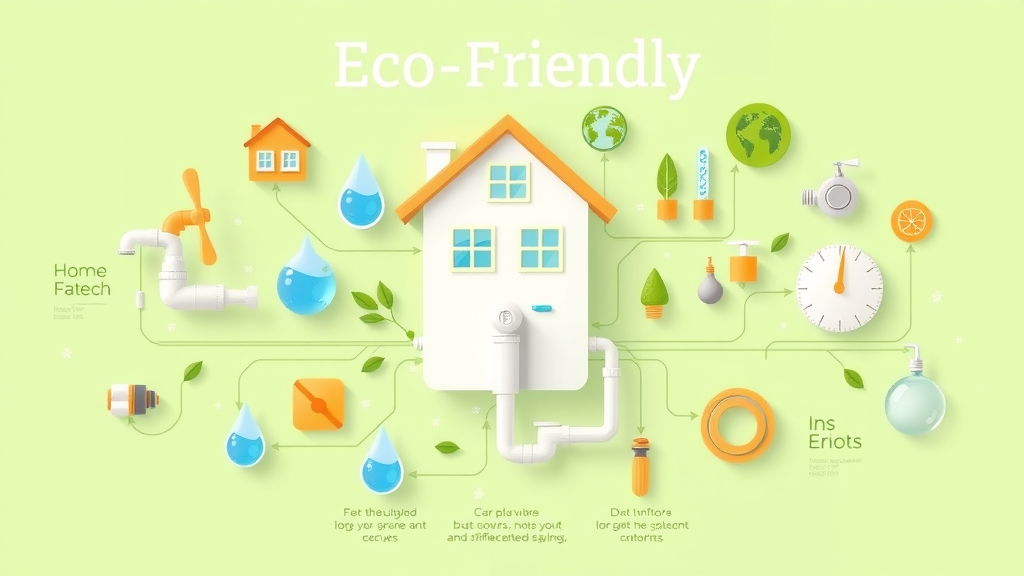
Eco-friendly plumbing upgrades yield immediate and lasting savings
Materials matter: opt for sustainable, non-toxic plumbing pipes and fixtures
Small changes have big impacts on water usage and environmental footprints
There is strong future growth in sustainable plumbing fields
Hear From the Experts: Quotes on Going Green with Plumbing
"Every eco-friendly plumbing project you adopt brings us one step closer to a sustainable planet and puts real savings in your pocket." — Certified Green Plumber
Next Steps: Why Start Your Eco-Friendly Plumbing Project Now
Assess which green plumbing projects fit your home and budget
Connect with a professional to design your custom eco-friendly plumbing solution
Take action now and enjoy immediate and future savings
Start today by consulting a green plumbing expert and choosing your first project—start saving money and protecting the planet immediately!
Sources
To further enhance your understanding of eco-friendly plumbing projects and their benefits, consider exploring the following resources:
“Eco-Friendly Plumbing Practices” : This article delves into various sustainable plumbing solutions, including the installation of water-efficient faucets and appliances, the use of smart irrigation systems, and the benefits of greywater recycling and rainwater harvesting systems. It provides practical steps to reduce water consumption and promote environmental sustainability. ( southportheating.com )
“Eco-Friendly Plumbing Solutions: How to Make Your Home More Sustainable” : This resource offers insights into upgrading to water-saving fixtures like low-flow toilets and showerheads, adopting energy-efficient water heaters, and utilizing sustainable plumbing materials such as PEX piping and recycled copper pipes. It also discusses the integration of smart plumbing technology to monitor and control water usage effectively. ( silverbackplumbinganddrain.com )
By exploring these resources, you’ll gain a comprehensive understanding of how to implement eco-friendly plumbing projects that not only conserve water and energy but also lead to significant cost savings and a reduced environmental footprint.
 Add Row
Add Row  Add
Add 








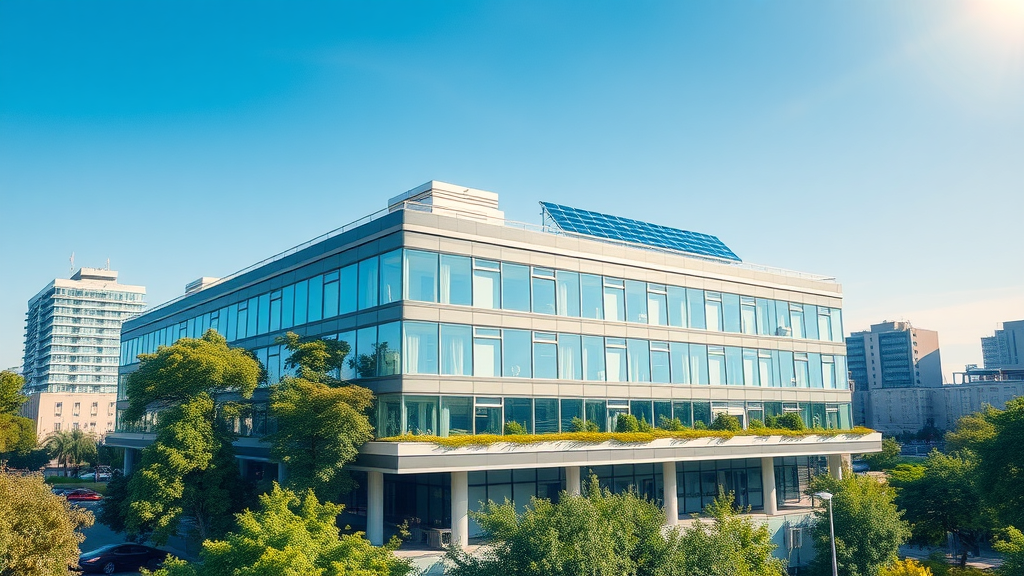
Write A Comment